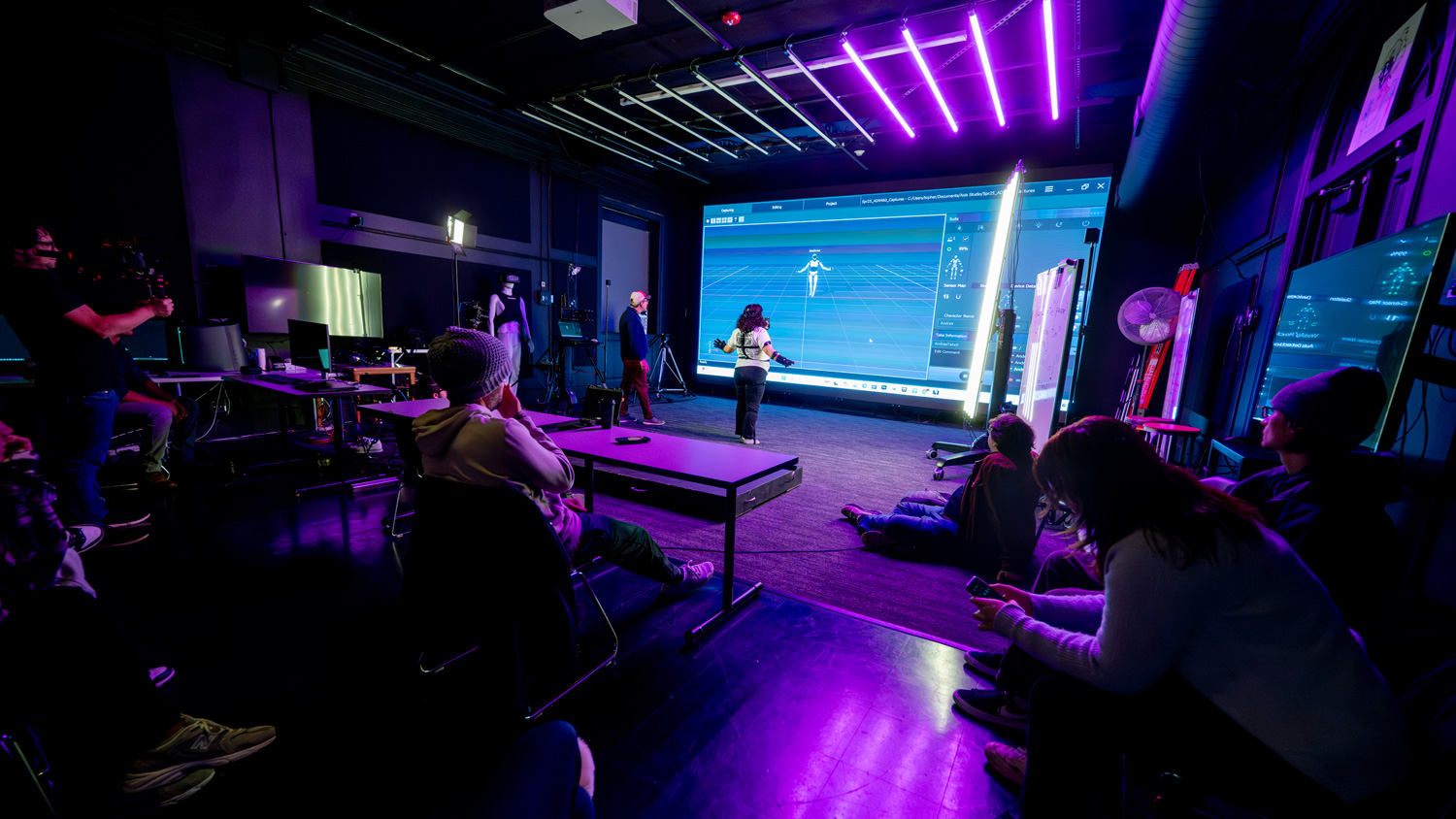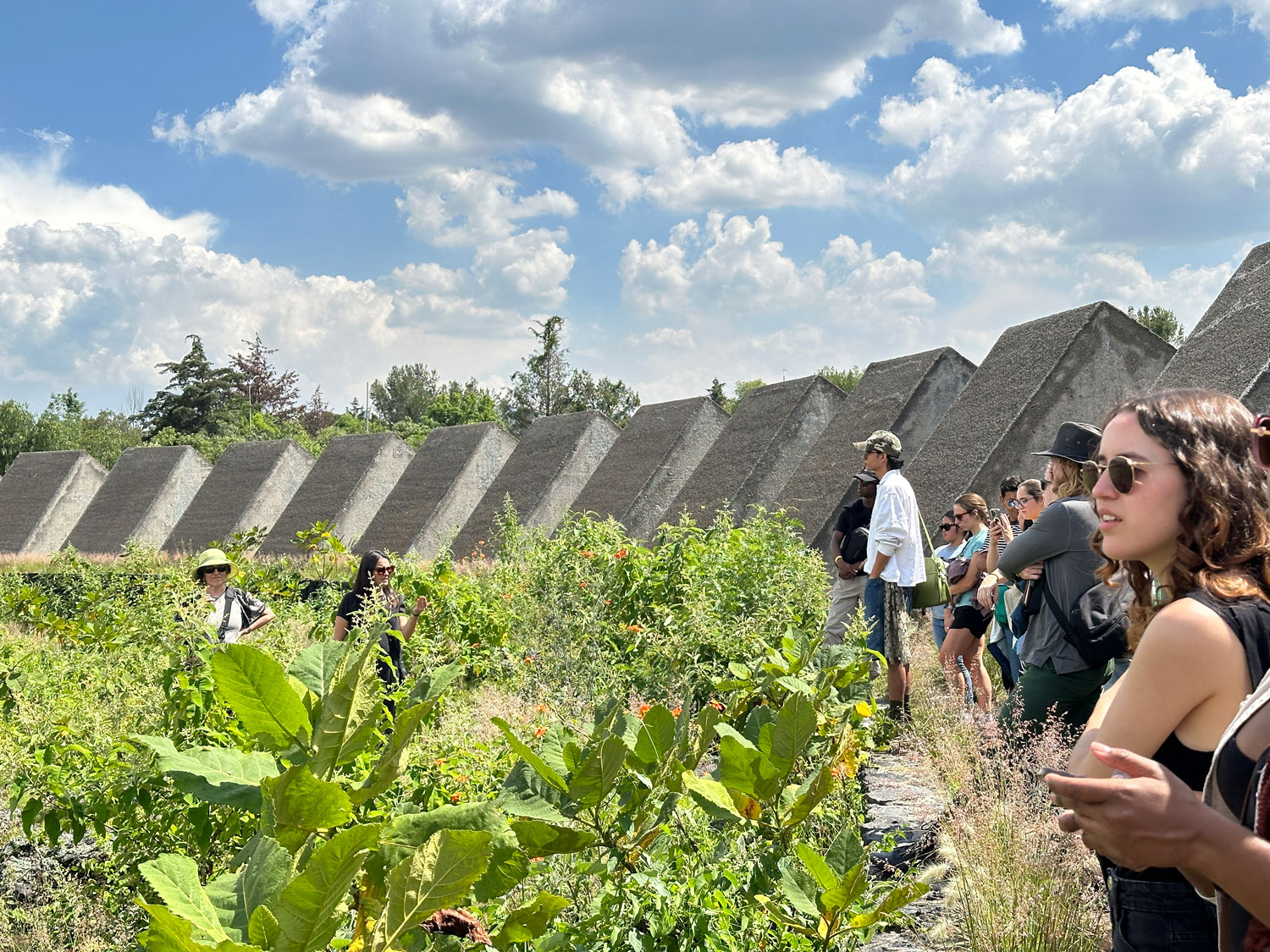Noelle Robinson Wins Robert. L. Wesley Award
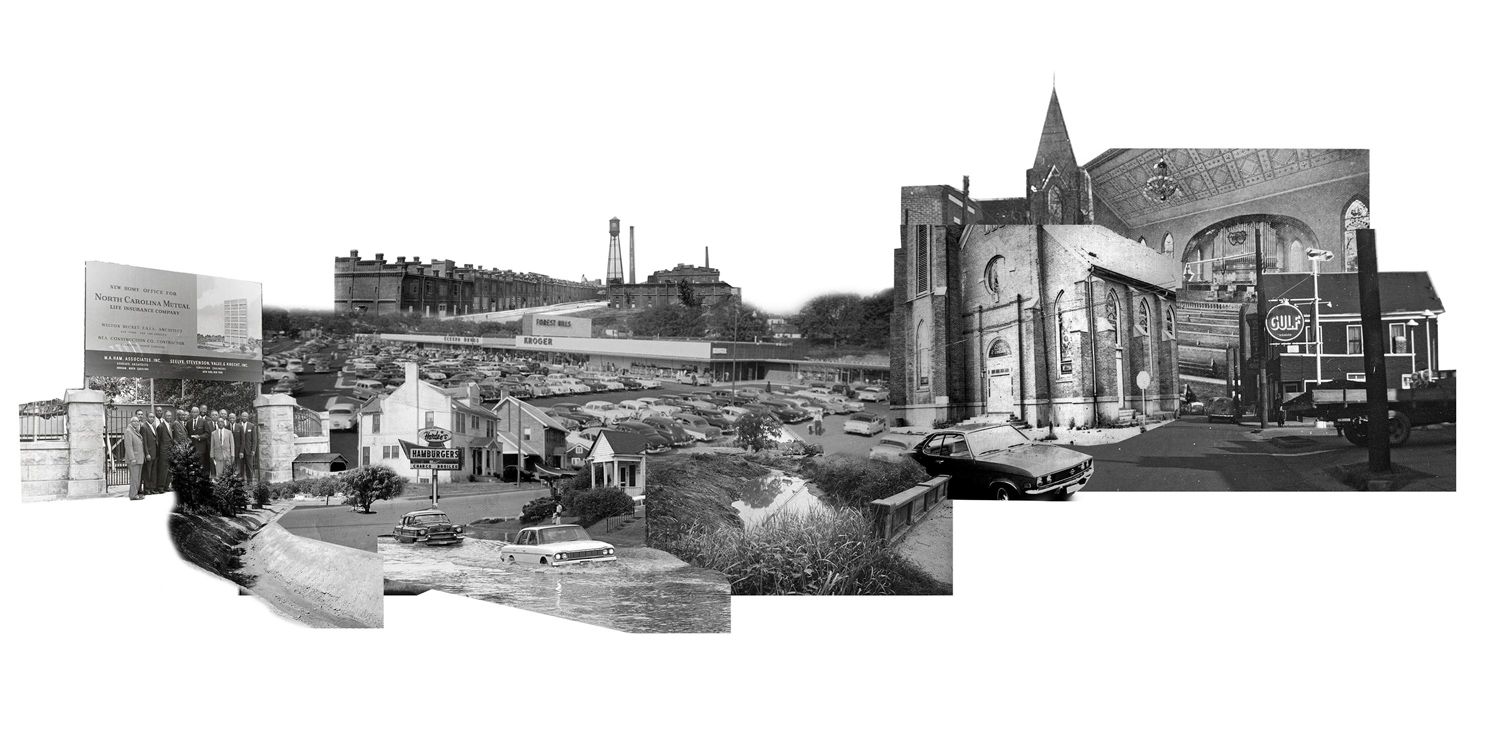
This article is adapted from a press release from the SOM Foundation. Read the full announcement here.
School of Architecture student Noelle Robinson was one of five students to win the 2024 SOM Foundation’s Robert L. Wesley Award. With her win, Noelle will receive a $10,000 award in addition to a yearlong mentorship program that connects the students with leading BIPOC practitioners and educators.
“Over the last three years, we have had the pleasure of getting to know and support thirteen brilliant students from across the US,” said Iker Gil, Executive Director of the SOM Foundation. “We are very happy that, in this fourth edition of the Robert L. Wesley Award, we can offer five fellowships to support Lauren, Antonia, William, Noelle, and Emmelea. The jurors were very impressed by their applications and we are looking forward to working closely with them over the next year.”
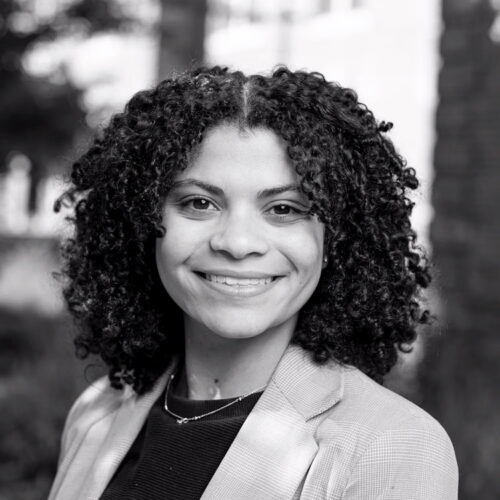
Noelle Robinson is a fourth-year architecture student at North Carolina State University pursuing a minor in Landscape Architecture. She has served as a NOMAS chapter board member and as the AIAS Freedom by Design™ chapter Media Coordinator. Her interest in architecture began with the exploration of her history and personal storytelling through sculpture. She is fascinated by the practice of architecture as a process of identifying unique intersections between dynamic elements such as region, climate, heritage, culture, and social politics. Noelle believes that it is at this intersection that architects exercise their spatial and material vernacular to develop a response that reflects the identity of place and people.
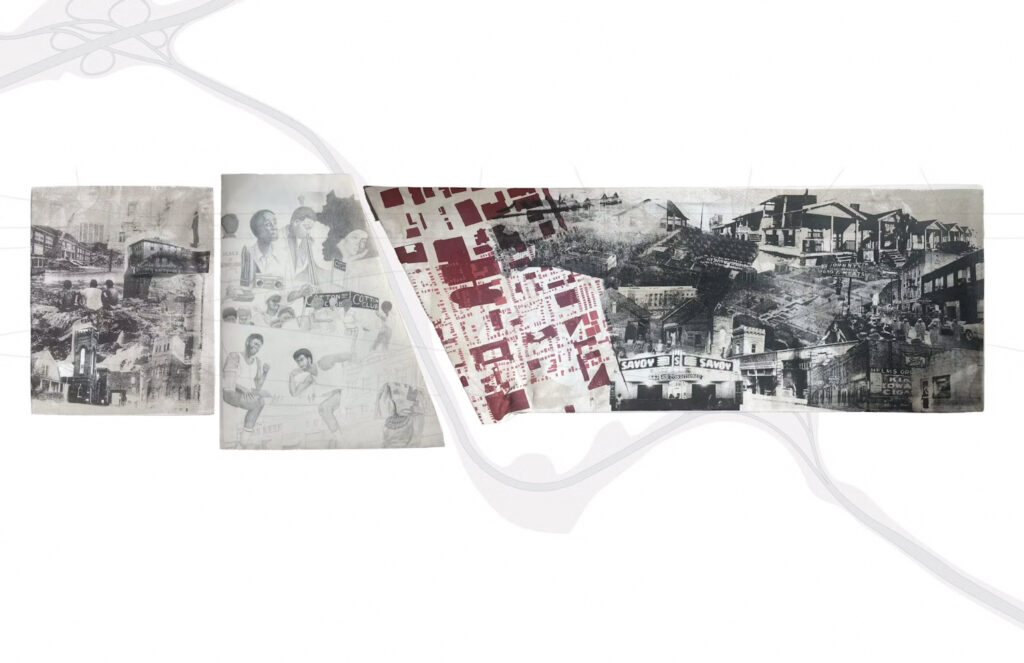
The past few years of practice as an architectural designer with RVSN Studios PLLC have allowed her to explore a personal intersection between the built environment and her family’s deep roots in Detroit. This has further motivated her to use architecture as a tool to craft space that reflects the spirit of a people and offers itself as a solution to address identified insufficiencies or the expressed needs and aspirations of a people.
Robinson hopes to amplify the underrepresented voices of historically undervalued communities by advocating for reimagined processes by which architects serve to engage community stakeholders to facilitate the informed sculpting of their community’s space and to celebrate their stories that are tied to the land.
“Noelle’s passion and drive is most evident in her motivation to bring about positive social change through the design of the built environment and the crafting of spaces that connect people to one another. This motivation manifests itself in her sincere curiosity to uncover relationships between history and the built environment and to posit creative solutions to positively influence human behavior,” says Sara Queen, associate professor of architecture at NC State.
For more details about the 2023 Robert L. Wesley Award and this year’s winners, please visit: https://somfoundation.com/awards/robert-l-wesley-award/.
About the SOM Foundation
Founded in 1979, the SOM Foundation’s goal is to advance the design profession’s ability to address the key topics of our time by bringing together and supporting groups and individuals, each with the highest possible design aspirations. The Foundation’s award programming was established in 1981 and, in addition to the Researcher-in-Residence program, it currently offers five annual awards across the United States, Europe, and China. The awards support students and faculty of architecture, landscape architecture, interior architecture, urban design, and engineering to undertake rigorous interdisciplinary research that can help shape our future. somfoundation.com
- Categories:

